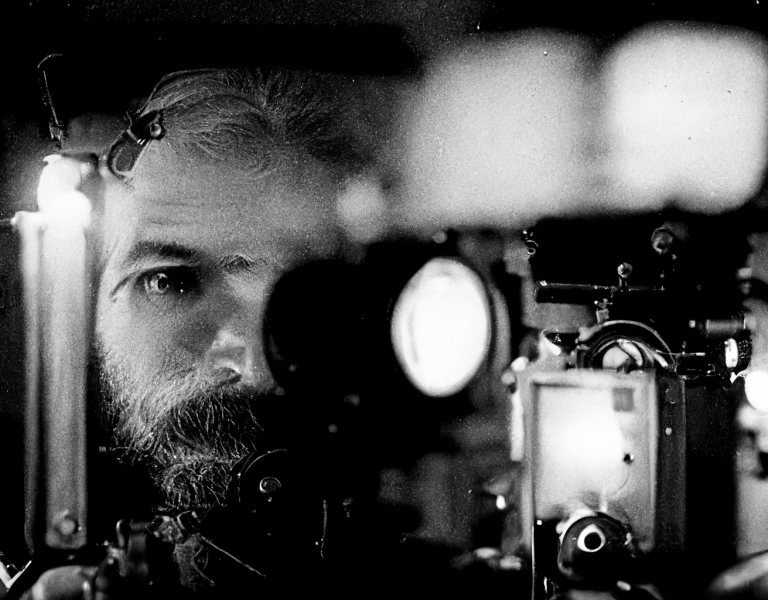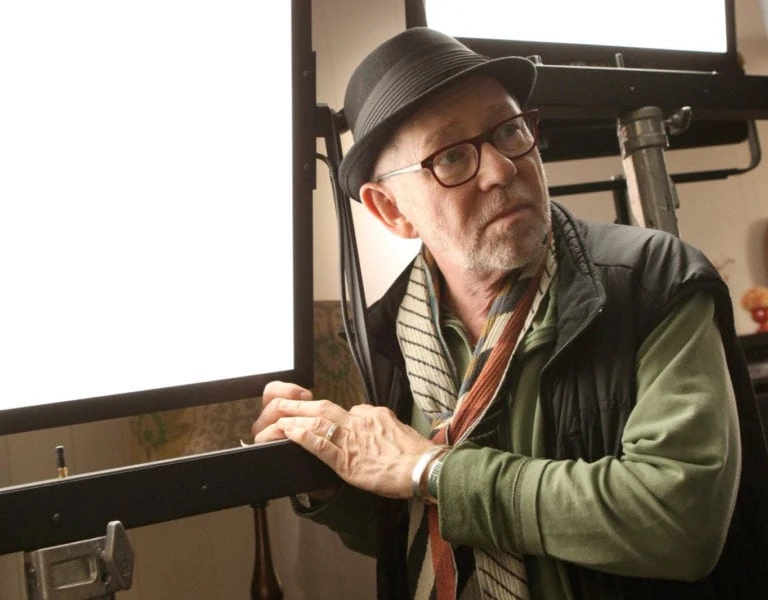Christopher Ross BSC looks back on a record-breaking summer for cinema thanks to the runaway success of ‘Barbenheimer’ and examines how the filmmaking world has been brought to a relative standstill due to labour strikes.
critical mass
/ ˈkrɪt.ɪ.kəl ˈmæs /
Noun
- the smallest amount of matter that is needed to produce a nuclear chain reaction.
“The great technical problem of such a system is the critical mass of a fission chain reaction, making it difficult to miniaturize a fission explosion.“
2. the size that something needs to reach before a particular change, event or development can happen.
“This subset is the critical mass needed to begin any collective action.”
Whilst sitting down to write this month’s column (the deadline looming over me, as ever!), I find myself conflicted by one of the film industry’s eternal paradoxical juxtapositions – box office records are being broken at the same time as a worldwide production shutdown has brought US studio filmmaking to a grinding halt.
The simultaneous cinema release of Barbie and Oppenheimer, on 21 July, was an unprecedented success story across the globe (sparking the ‘Barbenheimer’ internet phenomenon of watching both films back-to-back). Audiences were lured off their sofas in huge numbers and plunged back into the darkness of the movie theatre, enthralled by the sparkling reflection of the silver screen. The joint success of both films is not only empowering cinema admissions and keeping theatres full, but also helping to finance the next wave of productions from their distributors Warner Brothers and Universal Pictures.
In the first four weeks of their release, this pair of films has grossed over $2 billion at the worldwide box office; unfathomably large-scale economics even when measured against the production and marketing budgets of both films. Incredible to think of how this success can trickle down to future film-making endeavours… bravo and encore!
However, running along parallel tracks to this success are a pair of equally unprecedented labour disputes that have brought the filmmaking world to a relative standstill in almost the same period. The re-negotiation of contract terms between the Association of Motion Picture and Television Producers (AMPTP) and the Writers Guild of America (WGA) and Screen Actors Guild (SAG) have both stalled and the Guilds brought forth strike action.
As I type, the dispute between the AMPTP and the WGA has led to a strike of 103 days and that of the SAG has just made it to 31 days. As most readers of this magazine will no doubt be painfully aware, the UK is subsequently undergoing a production drought, the likes of which hasn’t been experienced since the last writer’s strike in 2008. The film and HETV tax credits, introduced in 2007 and 2013 respectively, has led to a dominance of US-UK co-productions and this dominance has, in turn, made the UK more susceptible to the strike-based slowdown.
The reasons for the industrial action are many and varied; centring on residual payments from streaming services, the downsizing of writers’ rooms for television development, pay increases that match inflation and strict rules to control the rise in the use of AI technology in performance capture and adaptation. These negotiations occur on a three-year cycle, so there should be no real surprises when it comes to requests from either side of the table. But sadly, both sets of negotiations have broken down between WGA/SAG and the AMPTP, leading to the current stalemate situation.
The economics of the film industry are unfathomably large and complex. Ari Emanuel, CEO of one of the industry’s largest talent agencies WME, spoke in August that his corporation will be losing $25 million a month due to the strikes. As agencies typically retain 10% of their client’s fees for their service, this means that the filmmakers and performers of that one agency are losing $250 million a month during the strikes. One agency.
Lord David Puttnam in his 2023 yearbook speech for the Film Distributors’ Association earlier this year called for greater unity within the film industry; where the development, production and distribution sectors work in unison to deliver great work in the most cost-effective way. Mutually respectful of each other’s part in the process and mutually supportive of each other’s unique challenges. A streamlined business model under which everyone thrives.
Hopefully, the joint actions of WGA and SAG/AFTRA combine to create the critical mass required to restart the negotiations, to reach a fair agreement and to end the stalemate. There are thousands of film workers across the world that are caught up in the crossfire of this dispute, their livelihoods dependent on a swift conclusion. Let’s get back on set where we all belong.
Onwards!
If you, or anyone you know, is suffering either financial hardship or with their mental health during this difficult time, then please reach out to the Film and TV Charity who may be able to offer support and assistance: www.filmtvcharity.org.uk










